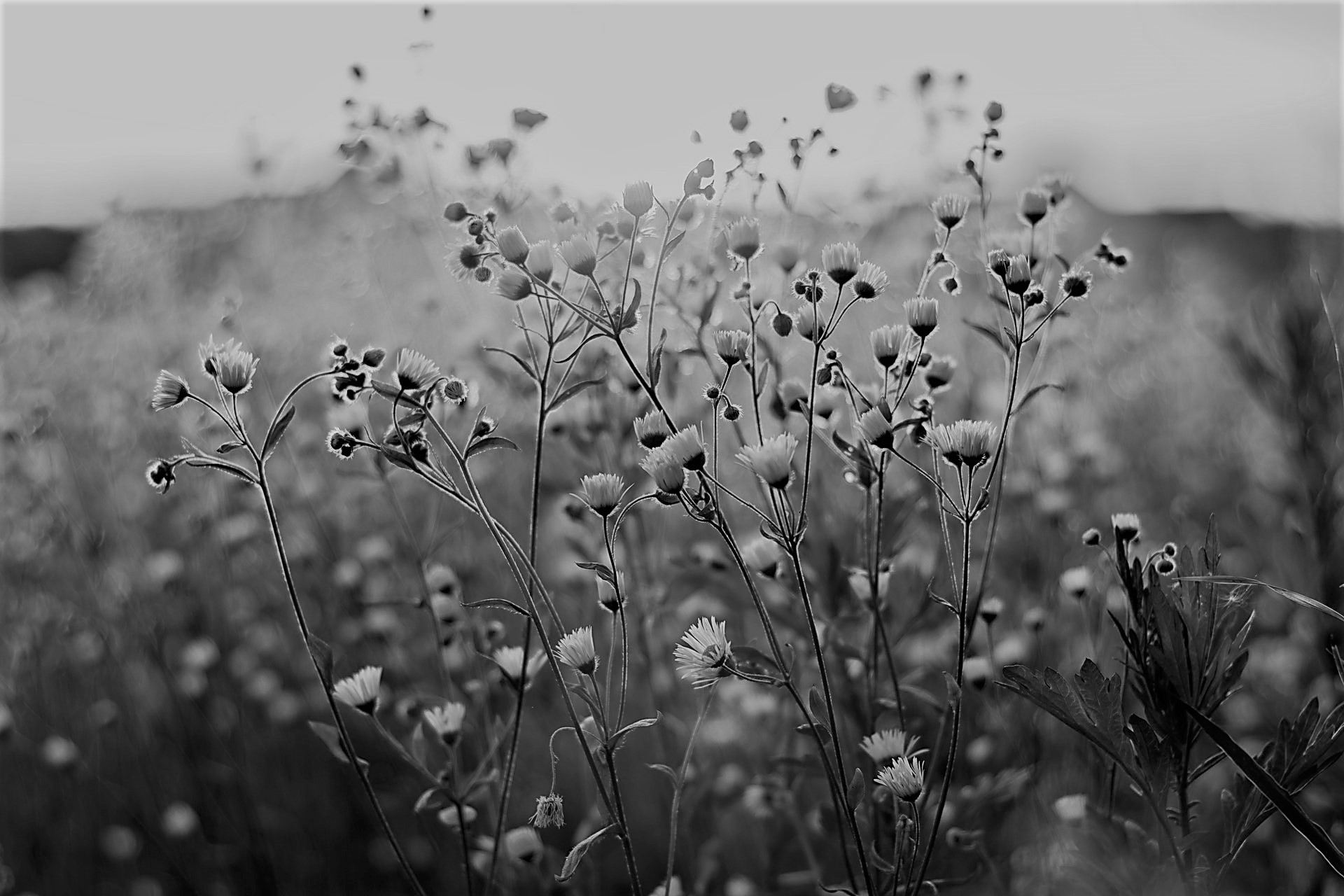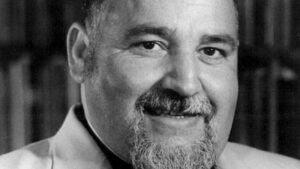Youth detention centres in Australia have a damning history. From Reiby Youth Justice Centre to Mt Penang Training School in New South Wales and Turana Youth Training Centre in Victoria, children have been mistreated and abused all over the country.
Ashley Youth Detention Centre in Tasmania is no different.
The centre has been under fire in the media for decades. There are rumours of drug smuggling, child sexual abuse, violence and even the untimely death of a teenager. In this article, we expose the dark history of Ashley Youth Detention Centre.
History of Ashley Youth Detention Centre
Ashley Home for Boys was established in Deloraine, Tasmania, in 1926 and was later renamed Ashley Youth Detention Centre in 1999. It was the only institution of its kind at the time — all detainees were aged between 10 and 18-years-old. Some detainees were held on remand while others served out their custodial sentences.
The centre had accommodation for 51 young people in four different units: Bronte (unisex and younger detainees), Huon (male detainees), Franklin (male detainees) and Liffey (admissions unit).
There were four levels of programs and the first two were compulsory.
- Level one: learning skills and attitudes to help with living in a detention facility.
- Level two: learning how to learn to live in the community e.g. employment, school, accommodation, reuniting with family, and leisure activities.
- Level three: learning how to avoid breaking the law. This included programs for dealing with substance abuse, addressing different attitudes, and peer and family influences that lead to breaking the law.
- Level four: professional treatment for clinically diagnosed mental conditions.
In 2003, the Ashley School was opened on-site and offered courses in horticulture and aquaculture. From the outside, Ashley Youth Detention Centre might have seemed like an excellent rehabilitation facility for troubled teens — they could learn valuable new skills and receive treatment for existing mental health conditions.
However, Ashley Youth Detention Centre came under fire in the media in 2006. There were reports of breakouts, drug smuggling, substance abuse and violence within the walls of the facility, and even though a Select Committee was appointed to review the impact of the Youth Justice Act 1997 and improve the treatment of detainees, a death occurred on-site in 2010.
In September 2021, Premier Peter Gutwein announced that Ashley Youth Detention Centre would close within three years and be replaced by two smaller facilities — one in the north of Tasmania and one in the south. Stakeholders had been calling for the centre to be closed since the detainee’s death in 2010.
The two new centres will have a more therapeutic model of care.
“I’ve long held the concern that the allegations of historical abuse and the ongoing speculation around Ashley is not conducive to achieving the best practice outcomes that we have strived for,” Mr Gutwein said.
“I’ve made a decision, enough is enough. We’re going to change to a new model and we’re going to do so within three years. If we need to pivot some of the current infrastructure program and change the timing on certain projects then we will do so because this is such an important matter to get fixed.”
The death of a detainee

Image: Pexels
Craig Anthony Sullivan was detained at Ashley Youth Detention Centre on the 7th of October 2010 for a number of offences including stealing, breach of bail, dangerous driving, driving while disqualified, failing to stop after a crash, driving an unregistered car and driving a car without insurance. He was 18-years-old when he was detained because he was just shy of adulthood when he committed the offences.
Craig had been detained at Ashley Youth on 10 separate occasions starting when he was just 12-years-old. He spent most of his teenage years detained at Ashley Youth and the staff had a genuine fondness for him.
On arrival, Craig had a health check because he had recently been in a car crash and seemed “a bit fluey with a snotty nose” and was distressed about being detained. The nurse did not find any bruising on Craig at the time and assessed his health as “unremarkable” — other than a bad cold, Craig seemed to be his usual self and was admitted to the centre.
On the 8th of October 2010, Craig was physically assaulted by another resident. The resident said he “jumped up and smashed a coffee cup out of Craig’s hands” and then proceeded to beat Craig over the head, pushed him, head-butted him in the forehead and attempted to knee him in the face but only clipped his nose.
Craig was given medical attention for coffee burns and had a lump on his head but otherwise seemed to be fine.
In the days following the attack, Craig was having trouble with his eyesight and eventually had a black, swollen eye. He was also suffering from light sensitivity and chose to wear an eyepatch to alleviate it.
On the 10th of October, Craig started vomiting in his room, couldn’t eat breakfast and spent most of the day in his room. When he did leave his room, he complained to one of the youth workers that he had a headache. The worker thought Craig was using the headache as an excuse to go back to his room because the detainees had been arguing over who got to use the centre’s Playstation.
Over the coming days, Craig continued to suffer from headaches and light sensitivity. He couldn’t eat and was rapidly losing weight. Around the 23rd of October, the resident who had attacked Craig said he looked like he was going to die.
Craig responded saying he felt like he was going to die.
While Craig visited the nurse, often complained of headaches and vomited on a number of occasions, he was not referred to see a doctor and he was never taken to hospital. Instead, Craig called his mother.
“I received a call from Craig on Saturday morning just gone. I don’t know the date. In the first phone call, Craig told me that he had pains in his head at the back. He told me that he was holding his head and it felt like he wanted to get his head chopped off,” his mother later said.
“Craig was specific that the pain was in the back of his head. Craig told me that he was going to go back to his room and lie down. I told Craig that I was ringing Ashley’s and getting them to take him to the hospital. As soon as Craig hung up I rang Ashley’s straight back.”
On the 25th of October 2010, Craig was found unresponsive in his room. The workers had heard Craig coughing through the night but didn’t check on him other than asking if he was okay.
Craig had suffered from a large ruptured brain abscess and died in the early hours of the morning. It is uncertain whether the abscess ruptured due to a sinus infection, the car accident or the assault at Ashley Youth but his symptoms suggested the abscess had been present for at least 10 days.
It was found that Craig should have been referred to a doctor for a CT scan. This very well could have saved his life. If medical attention was received, there would have been a 90% chance of survival.
An alleged offender was promoted at the centre in 2020

Image: Pexels
Despite being slammed with allegations of serious misconduct, an employee of Ashley Youth Detention Centre was offered a promotion in 2020. At least one of the allegations against the employee was linked to a historical rape and another claimed that the worker was found naked with one of the youth offenders on-site.
It is unclear whether the allegations were investigated at the time and what the outcome might have been. Since then, the employee (along with two other alleged offenders) has been stood down.
Greens leader Cassy O’Connor spoke to Human Services Minister Roger Jaensch and Communities Tasmania secretary Mike Pervan on the alleged abuser and found that the department had been alerted to the allegations of abuse on multiple occasions over a 20 year period.
Mr Pervan claimed that the allegations had been reported to the police but they were unable to pursue a criminal investigation because the victim didn’t want to be involved. However, a Tasmania Police spokeswoman confirmed that the force had not received a complaint related to any of the three alleged offenders.
“Investigators are working collaboratively with Communities Tasmania to assess information they have received in order to identify any potential victims of unlawful activity,” the spokeswoman said.
“Tasmania Police actively seeks to engage with potential victims to formalise complaints… [and] encourages any victim or witness of criminal activity to make a formal report to the police who will assess the information and progress the matter appropriately.”
Commission of Inquiry into the Tasmanian Government’s Responses to Child Sexual Abuse in Institutional Settings announced in March 2021
In response to the ongoing issues at Ashley Youth Detention Centre and various other government institutions, the Tasmanian Governor announced the Commission of Inquiry into the Tasmanian Government’s Responses to Child Sexual Abuse in Institutional Settings in 2021.
The commission has four main focus areas: public schools, hospitals, out-of-home care and youth detention.
Maree Norton, the counsel assisting the inquiry, said the commission was aware of the allegations of abuse involving multiple perpetrators dating from the 1970s to the present along with allegations of destruction of documents relating to abuse complaints.
The investigation would also look into older detainees abusing the younger detainees.
Ms Norton said it was important to investigate the allegations and potential cultural problems at Ashley Youth Detention Centre in order to prevent abuse from happening at Ashley while it is still operating and at the two centres set to replace it.
Claims that the workers destroyed documents and covered up abuse
At the beginning of the inquiry, Ms Norton said there was evidence that the staff at Ashley Youth Detention Centre had covered up the abuse of detainees, destroyed records and/or failed to report abuse at all.
She said there was an imbalance between complaints of abuse at the centre versus complaints made to oversight bodies — in fact, there was a “significantly higher” level of abuse than what had been reported.
“It might also be that there has been a deliberate cover-up,” she said.
Ms Norton also said progress on a reportable conduct scheme at the centre and the implementation of national principles for child-safe organisations had been limited.
“The consultation phase for the legislation was completed in February this year but legislation is yet to be tabled in parliament,” she said.
This reflects Tasmania’s slow introduction of key reforms that were recommended by the national Royal Commission into Institutional Responses to Child Sexual Abuse.
More than 200 former detainees have come forward with allegations of abuse

Image: Pexels
Since the commission began, more than 200 former detainees have come forward alleging sexual abuse behind the walls of Ashley Youth Detention Centre. A 2022 report showed that there were 55 alleged sex offenders working at the facility — one of the former staff members was accused of sexually abusing at least 11 children over the course of three decades.
Another staff member allegedly used sexual violence and physical intimidation against 26 of the claimants. It is alleged that the staff member would “hogtie” the detainees and force masturbation on them as a tool to control them.
One of the claimants, a man who cannot be named for legal reasons, said he was forced to perform sex acts on a member of staff as well as other detainees. He also claimed to have been physically abused on a regular basis — he was struck across the head, punched in the face, had bunches of keys thrown at him and was locked up in isolation without food for multiple days.
The survivor claimed he tried to make a complaint to a senior staff member about the abuse but he was immediately brushed off.
Another former detainee known only as Kyle (name changed for privacy) was just 10-years-old when he was incarcerated at Ashley Youth Justice Centre. He claims he was sexually assaulted by a group of older detainees on his first night there.
“They basically bashed me to the point where I’d just given in and they abused me like, I just, you know, I said I couldn’t fight anymore like it was just, I’d just give up.”
He also claims that the staff members regularly abused him on excursions.
“There’d be no signing of paperwork or nothing like you just literally get up, walk out, jump in the car and leave. On several of these trips, I was sexually abused by staff.”
Mary (name changed for privacy) was incarcerated when she was in her early teens. She said she wasn’t allowed to wear a bra and was often left unsupervised in therapeutic programs with the boys. She was sexually assaulted by these boys on a weekly basis.
“The second time I was pretty badly assaulted and there was an incident where I was left alone with boys. There were no workers present. There were no cameras even, and that was pretty horrible.”
The main perpetrator, an 18-year-old boy, was transferred to an adult prison. Mary was not given any medical attention, counselling or support after these incidents. Instead, she was offered contraceptive pills by the staff.
Mary was also harassed and assaulted by one of the workers.
“So within the first month of me being there, I was touched up by one of the workers and I knew it wasn’t okay for him to do that. It was a really horrible experience and I actually spoke up about it.”
When Mary reported the abuse, the worker was given two weeks of paid leave but later returned to supervise her. She told the state’s ombudsman that the worker’s behaviour made her feel uncomfortable but she was told that the issue would be dealt with internally at the facility.
Scores of former detainees are now launching civil claims relating to abuse at Ashley Youth Detention Centre
With the announcement of the Tasmanian inquiry, hundreds of former detainees have come forward to share their stories about Ashley Youth Detention Centre and many are launching civil claims against the institution.
At Kelso Lawyers, we stand with survivors of institutional abuse. Our team of compassionate abuse lawyers will listen to your story, ensuring we have all the details and evidence required to achieve a desirable outcome for your claim.
Get the justice you deserve with Kelso Lawyers. We want to hear your story. Call (02) 4907 4200 or complete the online form before you accept payment from the National Redress Scheme.
Feature Image: ABC News





